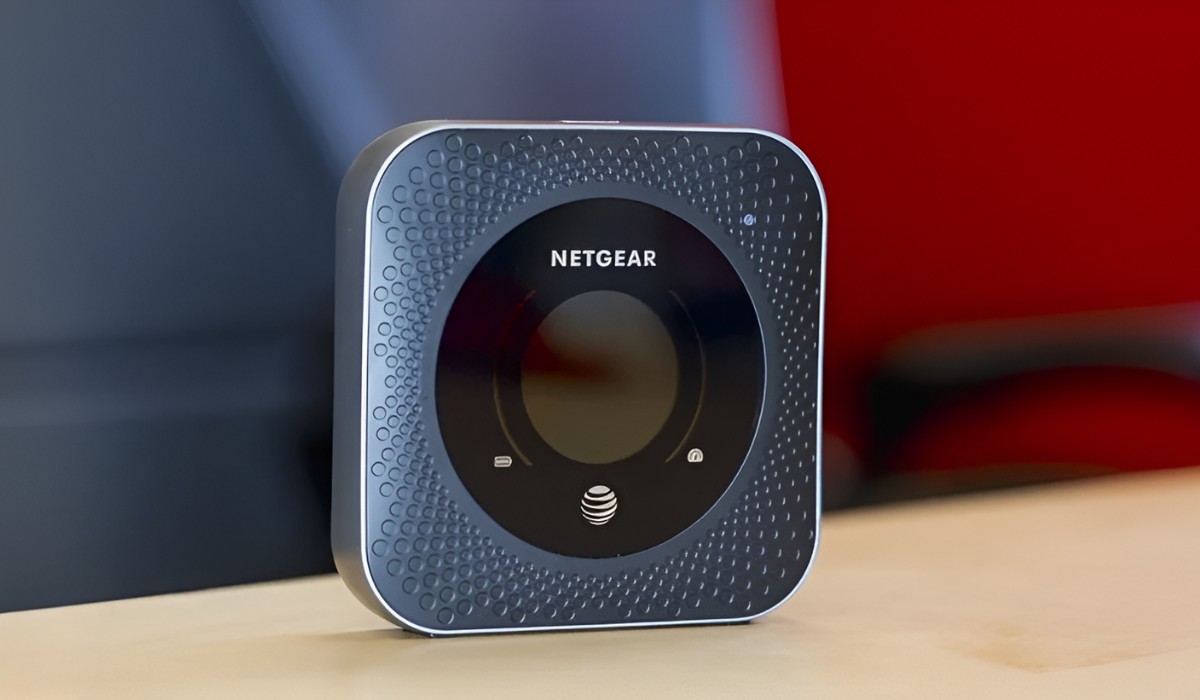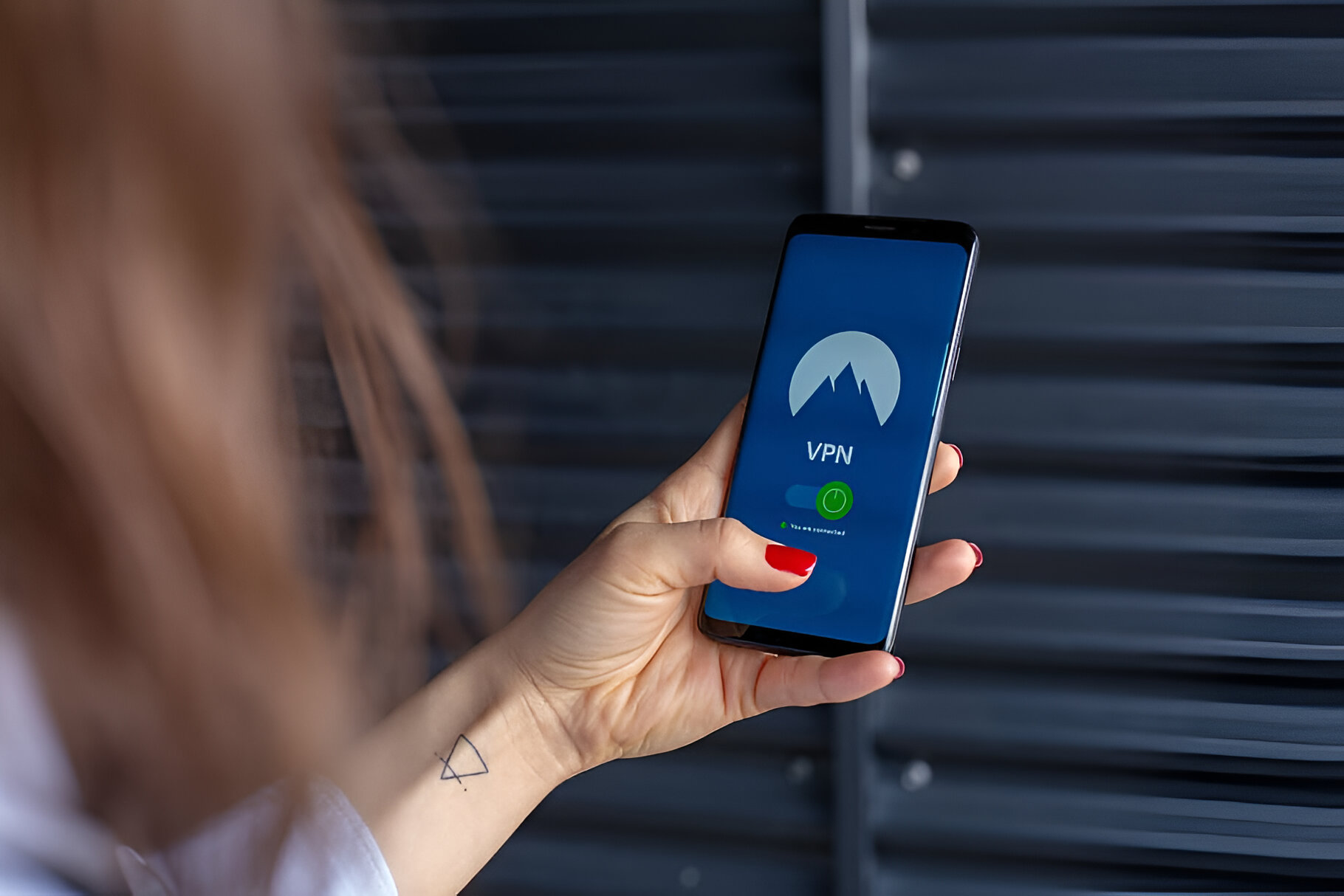Introduction
In today's digitally connected world, accessing the internet on the go has become a necessity. Whether it's catching up on work emails at a coffee shop or streaming music while waiting for a flight, shared hotspots provide convenient and often free internet access. However, while these public Wi-Fi networks offer unparalleled convenience, they also come with inherent privacy risks that are often overlooked.
When you connect to a shared hotspot, you're essentially sharing the network with a multitude of other users. This means that the data transmitted between your device and the internet is potentially visible to others on the same network. Without proper precautions, this leaves your personal information vulnerable to prying eyes and malicious actors.
In this article, we'll delve into the intricacies of shared hotspots, exploring the privacy risks they pose and providing actionable strategies to safeguard your sensitive data. Understanding these risks is crucial for anyone who regularly uses public Wi-Fi, as it empowers individuals to make informed decisions and take proactive measures to protect their privacy. By the end of this article, you'll have a comprehensive understanding of the potential threats associated with shared hotspots and the steps you can take to mitigate them.
Understanding Shared Hotspots
Shared hotspots, also known as public Wi-Fi networks, are ubiquitous in today's urban landscape. These hotspots are typically found in places such as cafes, airports, hotels, and libraries, offering internet connectivity to anyone within their range. They are a convenient option for individuals seeking to stay connected while on the move, as they eliminate the need for cellular data and provide a cost-effective means of accessing the internet.
Shared hotspots operate by broadcasting wireless signals that enable devices to connect to the internet. When you connect to a shared hotspot, you are essentially joining a network shared by numerous other users who are also accessing the internet. This shared network architecture is what gives rise to the potential privacy risks associated with public Wi-Fi.
One key characteristic of shared hotspots is the absence of encryption on most networks. Unlike secure home or corporate Wi-Fi networks, many public hotspots do not require a password to connect, making them easily accessible to anyone within range. While this lack of authentication facilitates seamless connectivity, it also means that data transmitted over these networks is often unencrypted and vulnerable to interception.
Furthermore, the open nature of shared hotspots means that they are susceptible to various forms of cyber threats. Malicious actors can exploit the lack of security measures to intercept data traffic, execute man-in-the-middle attacks, or deploy malware to compromise devices connected to the network. These risks are compounded by the fact that many users on shared hotspots engage in activities that involve the transmission of sensitive information, such as online banking, email communication, and accessing confidential work documents.
It's important to recognize that while shared hotspots offer unparalleled convenience, they also come with inherent security and privacy trade-offs. Understanding the dynamics of public Wi-Fi networks is essential for making informed decisions about when and how to use them. In the following sections, we'll delve deeper into the specific privacy risks associated with shared hotspots and explore proactive measures to mitigate these risks effectively.
Privacy Risks on Shared Hotspots
When it comes to using shared hotspots, privacy risks abound, posing potential threats to the security of your personal data and online activities. These risks stem from the inherent vulnerabilities of public Wi-Fi networks and the behaviors of users connected to them. Understanding these risks is crucial for anyone who regularly accesses the internet in public spaces, as it empowers individuals to take proactive steps to protect their sensitive information.
One of the primary privacy risks on shared hotspots is the interception of unencrypted data. Unlike secure networks that employ encryption to protect data as it travels between devices and the internet, many public Wi-Fi networks lack this crucial security measure. As a result, data transmitted over these networks is often in plain, unencrypted form, making it susceptible to interception by malicious actors. This means that sensitive information, including login credentials, financial details, and personal communications, can be potentially captured and exploited by unauthorized individuals lurking on the same network.
In addition to the lack of encryption, shared hotspots are also fertile ground for man-in-the-middle attacks. In this type of cyber threat, an attacker positions themselves between a user's device and the internet, intercepting and potentially altering the data being transmitted. This allows them to eavesdrop on communications, steal sensitive information, or inject malicious content into the data stream. The open and unsecured nature of public Wi-Fi networks makes them particularly vulnerable to such attacks, putting users at risk of having their privacy compromised without their knowledge.
Furthermore, the prevalence of unsecured public hotspots makes them an attractive target for cybercriminals seeking to deploy various forms of malware. By compromising the network or creating fake hotspots, attackers can distribute malicious software to unsuspecting users' devices. Once infected, these devices may become conduits for unauthorized access to personal data or be used to launch further cyber attacks. The ease of access to shared hotspots, coupled with the lack of robust security measures, creates an environment where malware can spread rapidly, posing a significant threat to the privacy and security of users' digital assets.
Overall, the privacy risks associated with shared hotspots highlight the need for individuals to exercise caution and implement protective measures when using public Wi-Fi networks. By being aware of these risks and understanding how they can impact personal privacy, individuals can make informed decisions about when and how to utilize shared hotspots, as well as take proactive steps to safeguard their sensitive data. In the following section, we will explore actionable strategies to mitigate these privacy risks effectively, empowering individuals to enjoy the convenience of shared hotspots without compromising their privacy and security.
Ways to Protect Your Privacy on Shared Hotspots
-
Use a Virtual Private Network (VPN): Employing a reputable VPN service is one of the most effective ways to secure your data when using shared hotspots. A VPN creates a secure, encrypted tunnel for your internet traffic, preventing unauthorized parties from intercepting or monitoring your online activities. By routing your connection through a remote server, VPNs shield your sensitive information from prying eyes, significantly reducing the risk of data interception and unauthorized access.
-
Ensure HTTPS Connection: When accessing websites on a shared hotspot, prioritize using HTTPS-enabled sites. Websites that utilize HTTPS encryption provide an added layer of security by encrypting the data exchanged between your device and the website's server. Look for the padlock icon and "https://" in the website's address bar to verify the use of HTTPS. This encryption helps safeguard your login credentials, financial transactions, and other sensitive information from potential eavesdropping.
-
Enable Two-Factor Authentication (2FA): Implementing 2FA adds an extra layer of security to your online accounts, reducing the risk of unauthorized access even if your login credentials are compromised. Many online services, including email providers, banking institutions, and social media platforms, offer 2FA options that require a secondary verification step, such as a code sent to your mobile device, in addition to your password. By enabling 2FA, you fortify the security of your accounts, mitigating the impact of potential privacy breaches on shared hotspots.
-
Update Device and Software: Keeping your devices and software up to date is essential for mitigating security vulnerabilities that could be exploited on shared hotspots. Regularly installing security patches, software updates, and firmware upgrades helps close potential loopholes that cybercriminals may target to gain unauthorized access to your device or data. By staying current with updates, you bolster the overall security posture of your devices, reducing the likelihood of privacy breaches on public Wi-Fi networks.
-
Use Firewall and Antivirus Software: Activating a firewall and running reputable antivirus software on your devices adds an extra layer of defense against potential threats on shared hotspots. Firewalls help monitor and control incoming and outgoing network traffic, while antivirus software detects and neutralizes malware, including variants that may be distributed through public Wi-Fi networks. By maintaining robust defenses on your devices, you enhance your ability to thwart potential privacy risks posed by malicious actors on shared hotspots.
Implementing these proactive measures empowers individuals to safeguard their privacy and security when utilizing shared hotspots. By incorporating these strategies into their digital habits, individuals can enjoy the convenience of public Wi-Fi networks without compromising the confidentiality of their sensitive data. It's essential to remain vigilant and proactive in mitigating privacy risks, ensuring a safer and more secure online experience, even when connecting to shared hotspots.
Conclusion
In conclusion, while shared hotspots offer unparalleled convenience for staying connected on the go, they also present significant privacy risks that should not be overlooked. The open and unsecured nature of public Wi-Fi networks makes them fertile ground for potential privacy breaches, exposing users to the interception of unencrypted data, man-in-the-middle attacks, and the distribution of malware. Understanding these risks is crucial for individuals who frequently utilize shared hotspots, as it empowers them to make informed decisions and take proactive steps to protect their sensitive information.
By implementing the recommended strategies to safeguard privacy on shared hotspots, individuals can significantly mitigate the inherent risks associated with public Wi-Fi networks. Utilizing a reputable VPN service, prioritizing HTTPS connections, enabling two-factor authentication, keeping devices and software updated, and employing firewall and antivirus software are effective measures for enhancing privacy and security when accessing shared hotspots. These proactive steps empower individuals to enjoy the convenience of public Wi-Fi networks without compromising the confidentiality of their personal data.
Moreover, raising awareness about the potential privacy risks on shared hotspots is essential for fostering a culture of digital vigilance and responsible connectivity. By educating individuals about the vulnerabilities of public Wi-Fi networks and equipping them with actionable strategies to protect their privacy, we can collectively enhance the security posture of online interactions in public spaces. This proactive approach not only benefits individual users but also contributes to a safer and more secure digital environment for all.
As technology continues to advance and connectivity becomes increasingly ubiquitous, prioritizing privacy and security on shared hotspots is paramount. By integrating best practices and proactive measures into our digital routines, we can navigate the digital landscape with confidence, knowing that our sensitive information is safeguarded, even when accessing the internet on shared hotspots. Ultimately, by understanding the privacy risks and taking proactive steps to mitigate them, individuals can embrace the convenience of shared hotspots while upholding the privacy and security of their online activities.

























